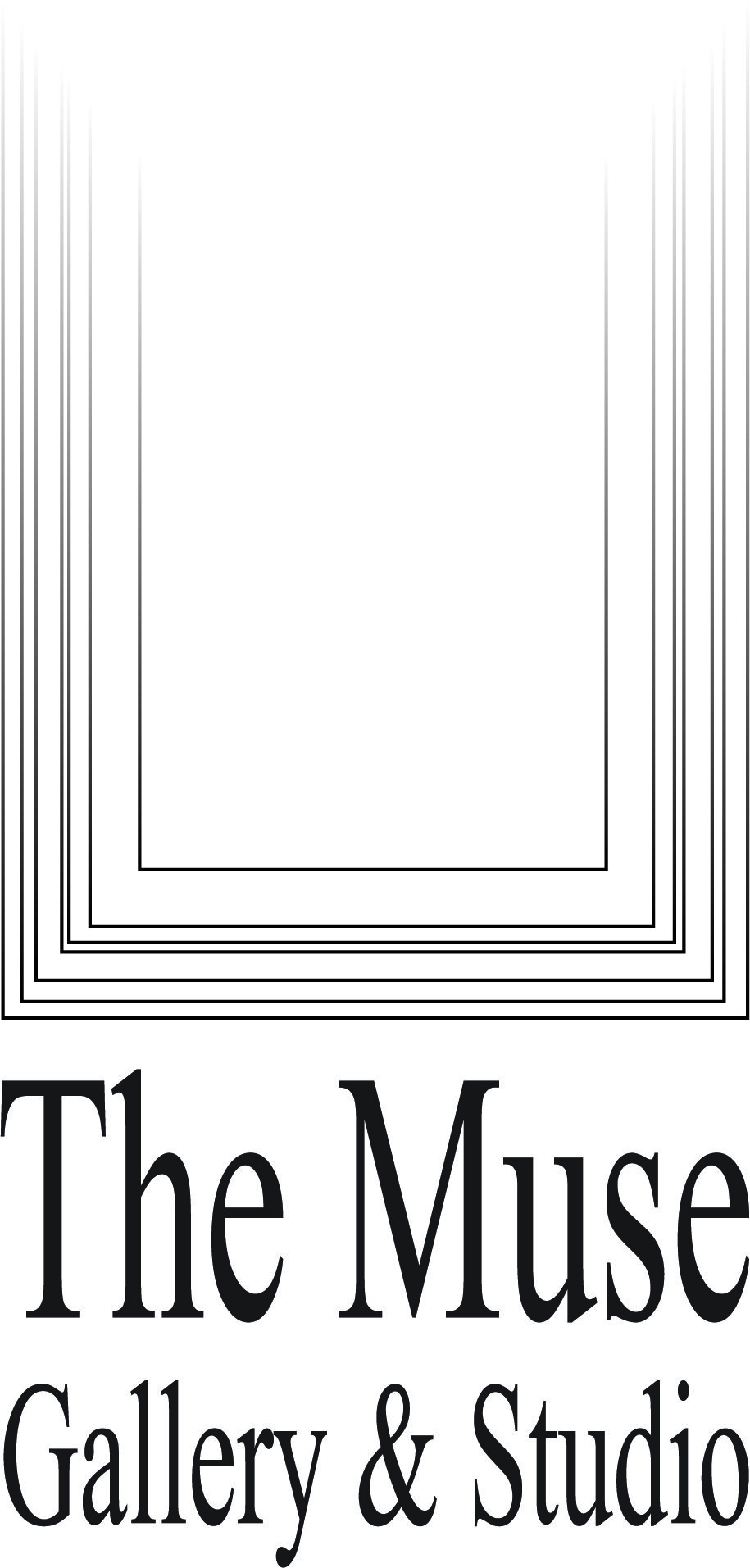Private View 1: June 7, 6-9 pm - José García Olivia A to B
Private View 2: June 16th, 6 -9 pm - Naira Mushtaq, Camilla Hanney, Catriona Robertson
The Muse is delighted to present the work of our wonderfully talented 2022 residents. Our four artists have been working hard in the studio since January and are now ready to showcase their witty, intelligent, challenging, beautiful and inspiring pieces.
José García Olivia
A to B, an exhibition evoking maleables states of transition between a departure and arrival point under invisible forces of systematic socio-political structures.
Oliva’s interdisciplinary practice aims to react to the hidden socio-political oppression and exposes it through participatory performances or public interventions. The outcome of his work is usually the enactment result of these social exchanges and provocations shaped by the commons, site-specificity and spontaneity. His practice is research-led and situated on the clash between identity, place, the burning ashes of post-colonialism and its echo in Europe.
Naira Mushtaq is a multidisciplinary artist from Pakistan now residing in London. Her practice is focused on history, memory, and social commentary stemming from a desire to understand grief and memory- how memories are formed as affect. What happens to the memories as time goes by; time plays a fundamental role in wearing down these memories of our experiences; they diverge, they mold, evolve, or dissipate- such is the play of time. Our memories deceive us, pliable, and ever-evolving. We are left with fragments of truth, distorting records of our making.
Mushtaq´ ´s practice examines these questions by looking at the socio-political and cultural context. In most instances, this comparison's backdrop is my home country of Pakistan - the concerns in conversation are broader. Which memory is being remembered, who is it being remembered by, and the context of remembrance. How one memory merges with another, the multiplicity and singularity of memory, what narratives we tell, what we choose to remember, and what is the value of the narratives that we choose to remember if at all. Drawing from these areas of interest and I examine memory as a form of the impalpable archive while the tangible photograph or sourced materials aid to its inaccuracy, a palimpsest of truths and half-truths.
By engaging in the stories, memories, spaces and objects that relate to my family history and the histories of the immigrant settlers, this practice-led research aims to merge personal and political- and resituate the works in the decolonial canon by situating the idea of the archive to the emotional. My research sits on the precipice of decolonial scholarship in the academia and impact of personal histories in contemporary arts. The work comments on more than loss and memory; it talks about exile and longing and the constant state of displacement. The fate of many resting in the hands and on the whim of those in power and the realization that dissent is always met with erasure.
Camilla Hanney is an Irish artist living and working in London. Working through ceramics, sculpture and installation Camilla’s practice explores themes of time, sexuality, cultural identity and the corporeal, often referencing the body in both humorous and challenging ways. By subverting traditional, genteel crafts she attempts to transgress and contemplate conventional modes of femininity, deconstructing archaic identities and rebuilding new figures from detritus of the past. By materialising the familiar in an unfamiliar context her work stimulates our ability to rethink our relationship with objects, threatening the natural order and toying with the tensions that lie between beauty and repulsion, curiosity and discomfort, desire and disgust.
Camilla views sculpture as a visual mode of communication through which pertinent issues can be addressed using a language of texture and materials. The type of sculpture she aims to create provides an accessible universal dialect that draws on our emotions. Everyone who inhabits flesh understands the pain and pleasure of being a body, often feeling no control over their bodies and emotions. Using previous artworks and personal experiences as a starting point, Camilla has created a new body of work exploring the myths and realities of mental health through a female lens. Her work incorporates specific medical histories alongside iconography to help viewers understand the stigma society still carries around gender and mental unwellness. Through her practice, she attempts to unwrap female archetypes long associated with women’s ungoverned emotions. Using clay as her main medium, this new body of work draws on themes of catharsis, care and repair, paying close attention to the ritual of healing that exists in the language of clay.
Catriona Robertson is a Scottish/British Artist living in London and graduated from the Royal College of Art in 2019 in MA Sculpture. Roberston´´´s sculpture and installation explores architecture and the monumental; ruins of buildings, void spaces interwoven with the fast changing rising concrete landscape and urban geology. I am conscious of the afterlife of a material and its effect on the environment. In response to the anthropocene I imagine what future synthetic sediment is being created with plastic, toxic chemicals, domestic and construction site waste. As these synthetic materials are absorbed into the ground, buried and eroded over time, layers of landfill, heavy metals and toxins disrupt natural ecosystems.
